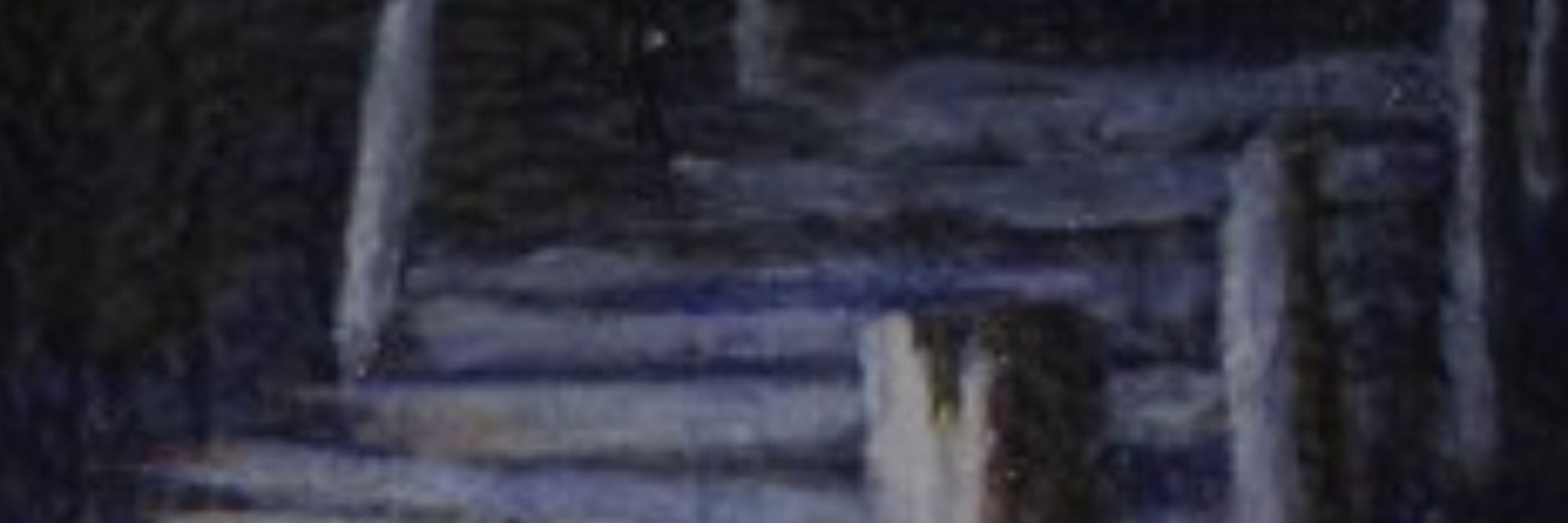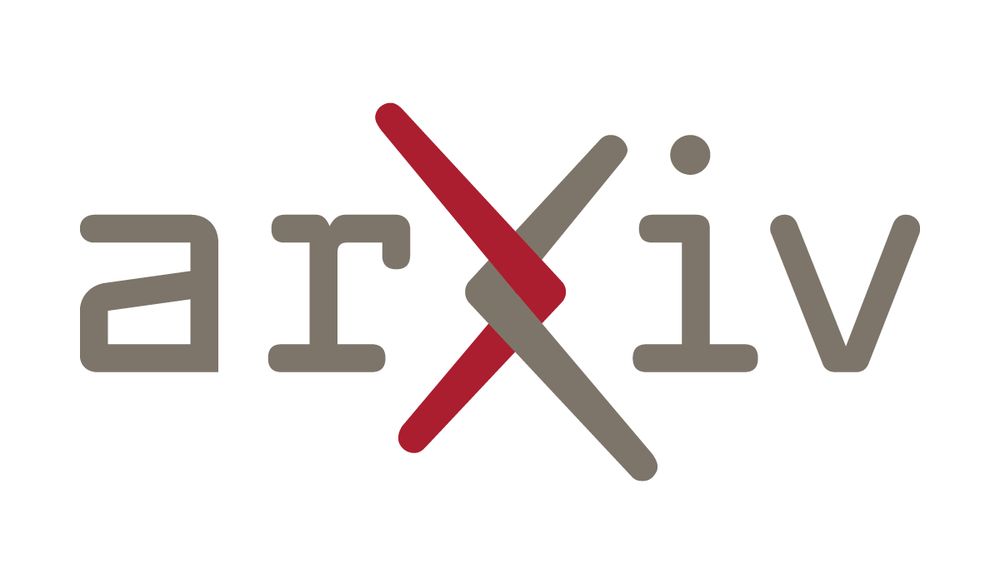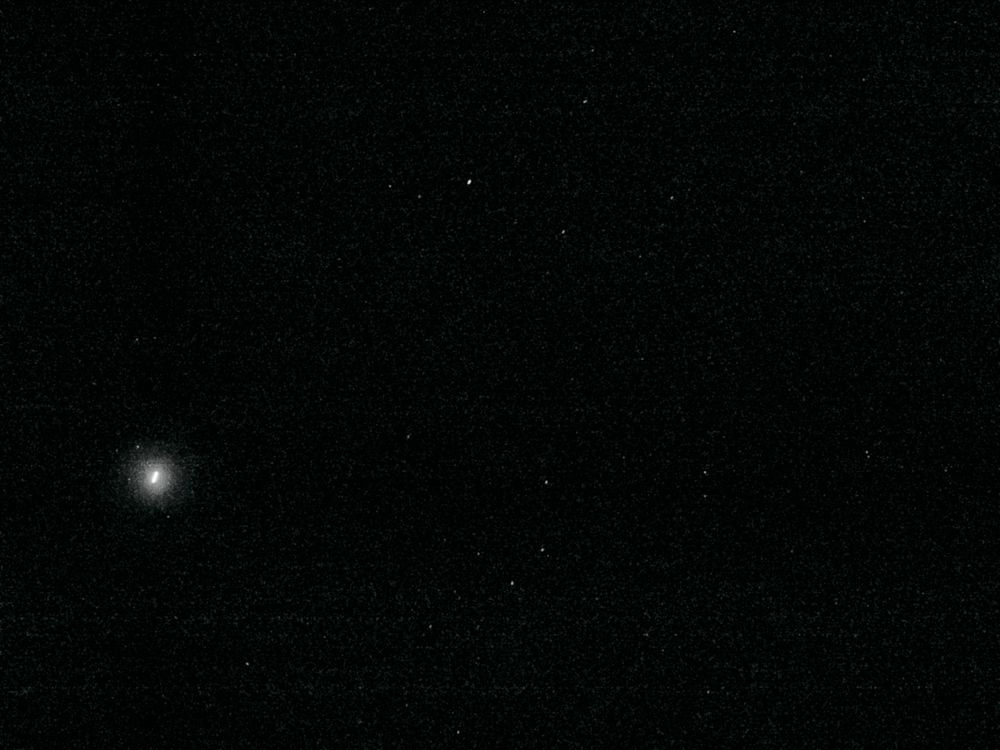Jason Wright
@astrowright.bsky.social
2.5K followers
370 following
1K posts
Professor of Astronomy and Astrophysics at Penn State.
Son, father, partner, scientist, teacher, student, human, Earthling.
Mostly posting astronomy. Mostly.
Posts
Media
Videos
Starter Packs
Reposted by Jason Wright
Reposted by Jason Wright
Reposted by Jason Wright
Reposted by Jason Wright
Reposted by Jason Wright
Reposted by Jason Wright





